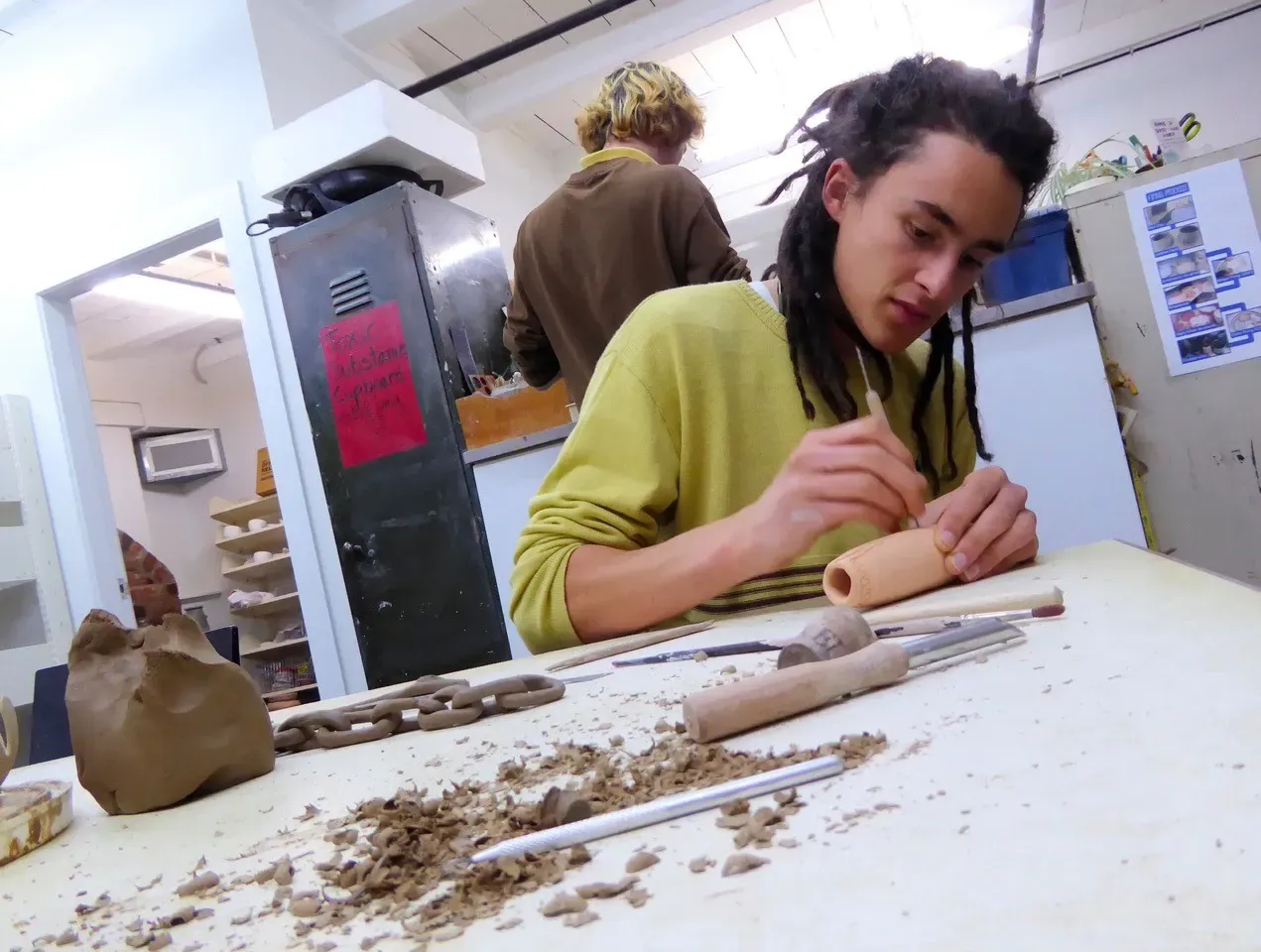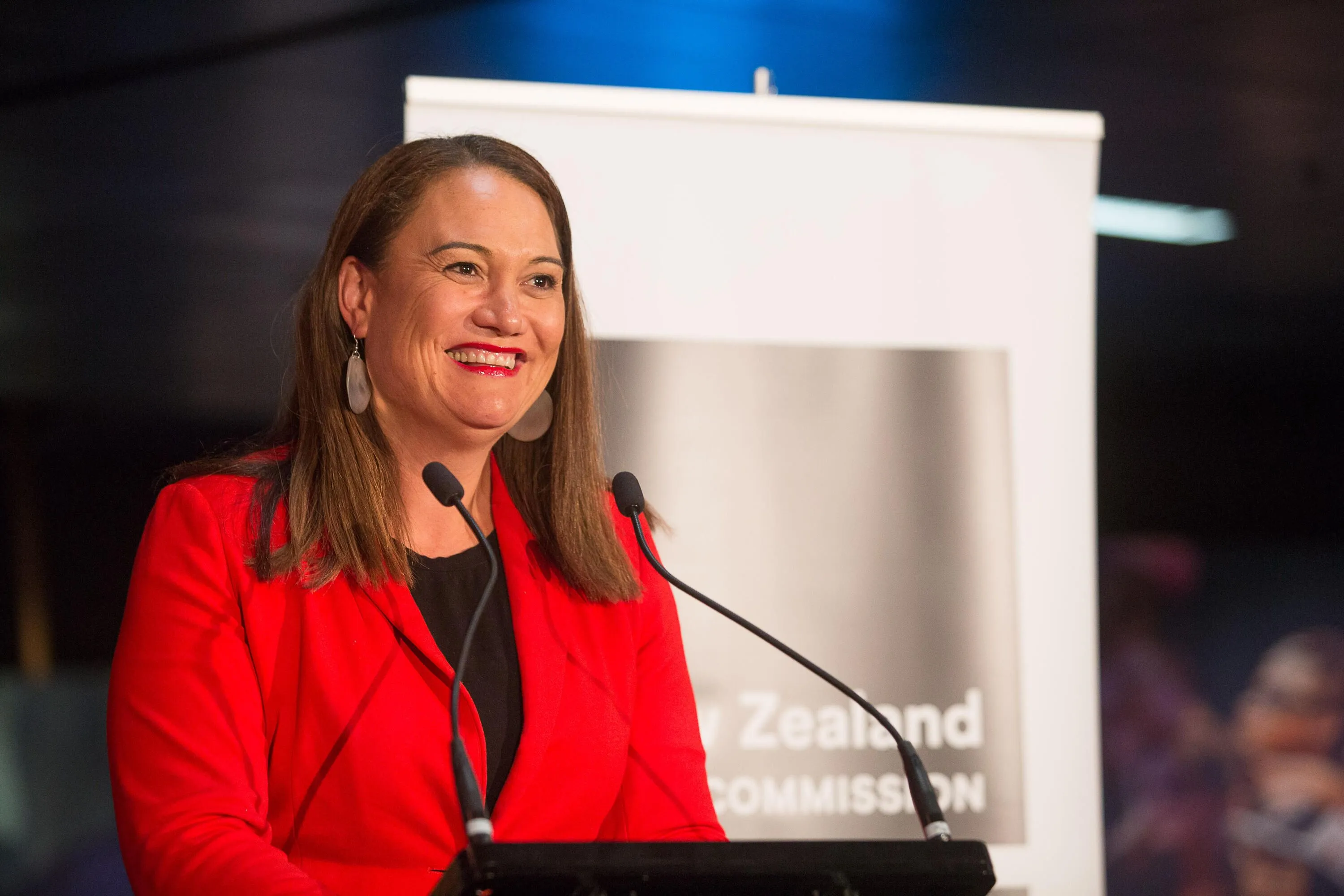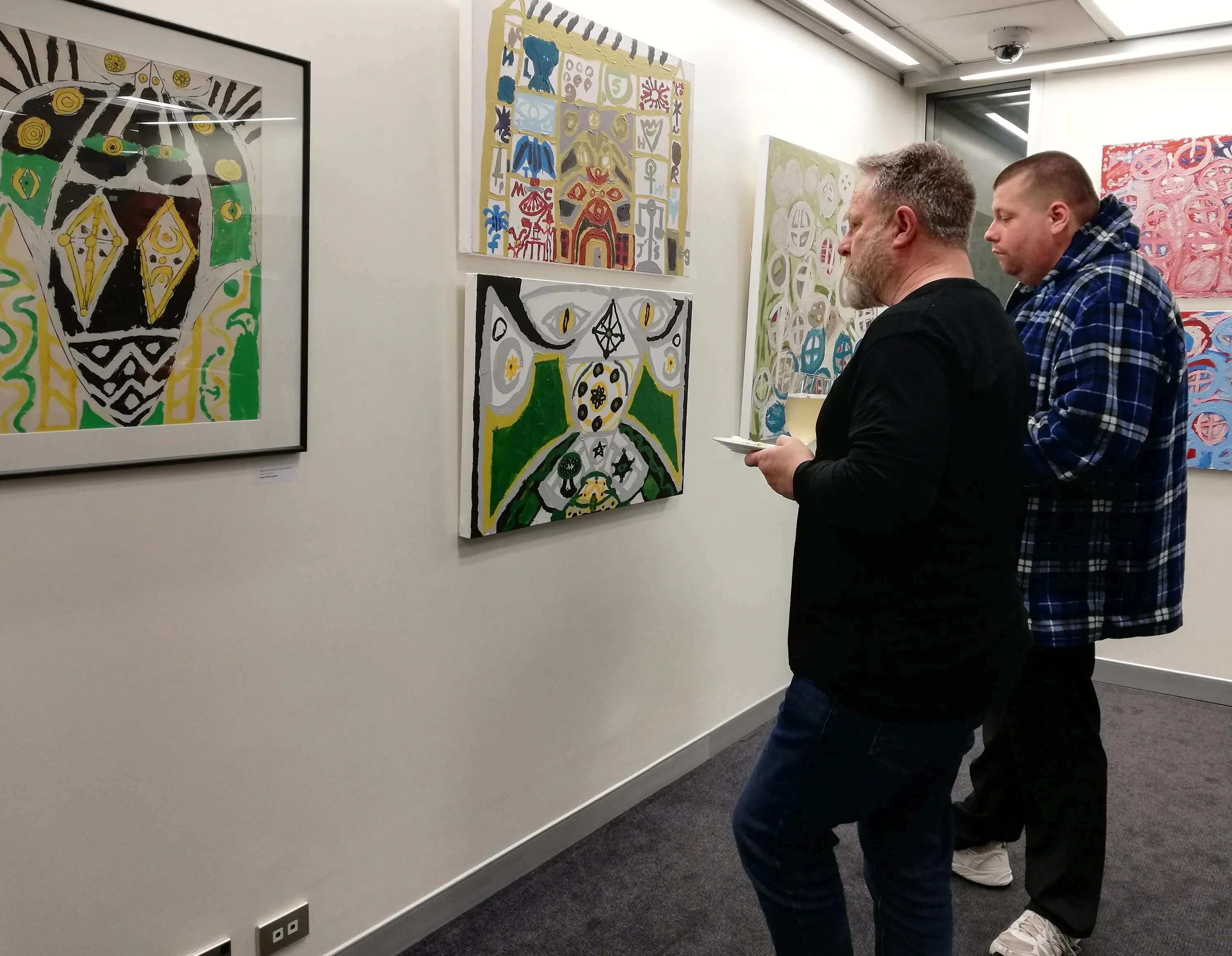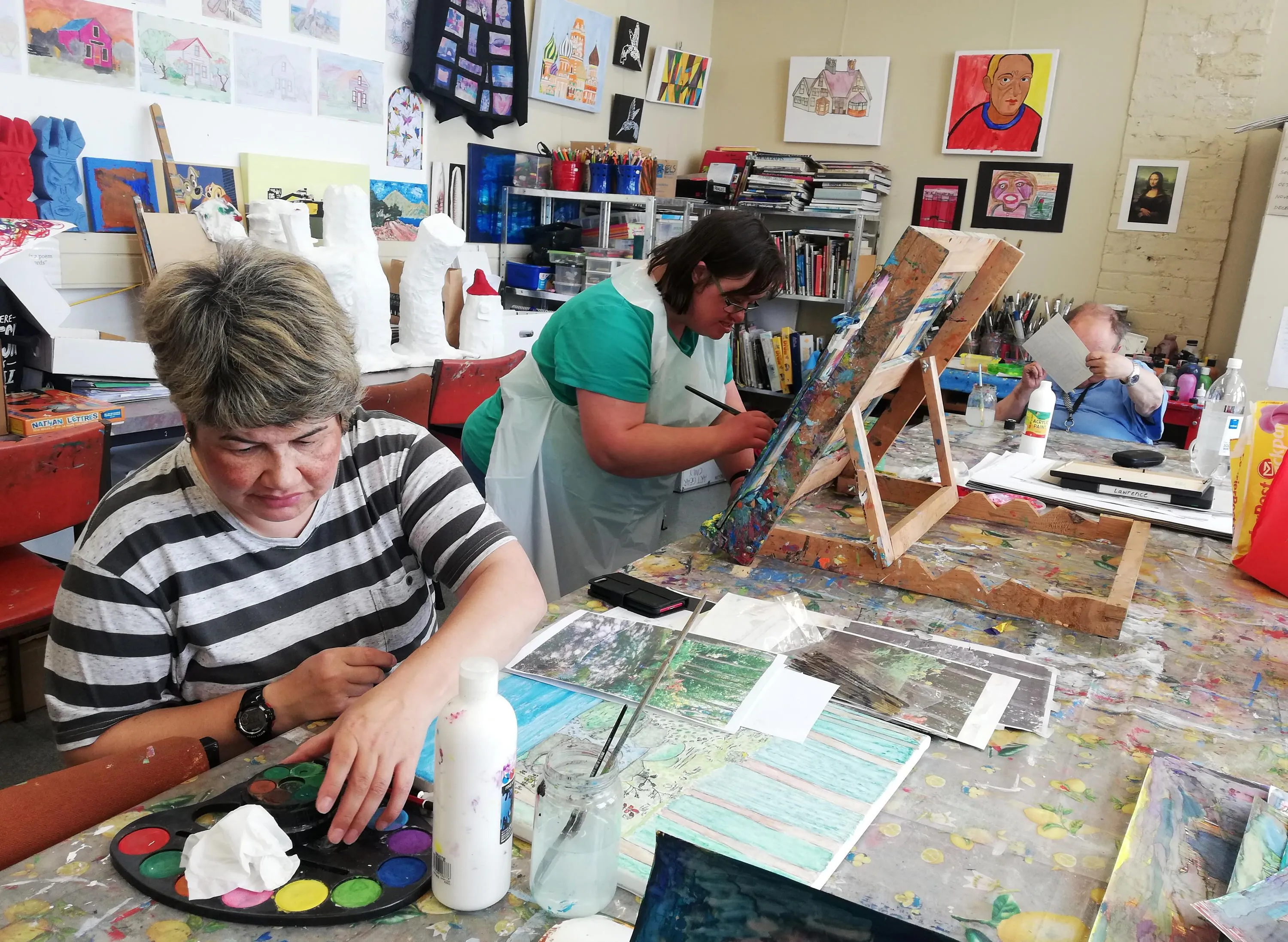EXCLUSIVE: Creative Spaces $18 Million Cash Injection
Written by
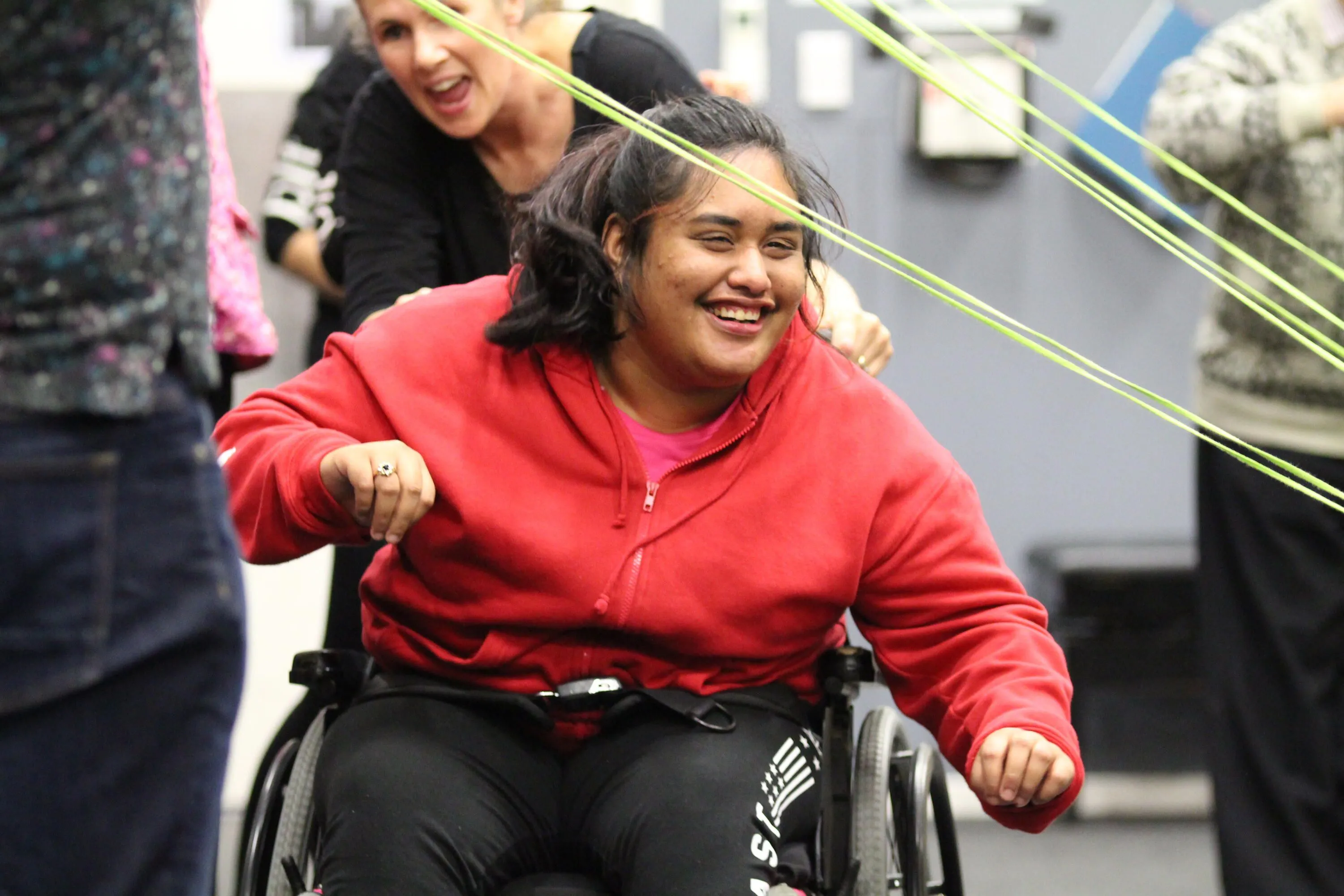
Art and creativity is for everyone - but it sometimes takes a lot of work to make it that way.
Now that crucial kaupapa of accessibility is getting a shot in the arm. The Big Idea can exclusively reveal The Minister for Arts, Culture and Heritage Carmel Sepuloni is today confirming the injection of $18 million to support creative spaces.
It’s the first funding opportunity to arise from the $70 million Te Tahua Whakahaumaru Creative Arts Recovery Employment (CARE) Fund - part of the $374 million Arts and Culture COVID Recovery Programme revealed last year.
What are creative spaces?
Creative spaces are places in the community where people with mental health needs, disabled people, and those looking for social connection, are welcomed and supported to practice and participate in the arts and in their communities.
They provide free or low-cost entry into a wide variety of art forms like visual art, drama, circus, dance, music and writing for those who face barriers to participation, which can range from intellectual or physical disability, neurological conditions, mental ill health, age-related vulnerability (senior citizens or youth at risk), cultural isolation or poverty.
“These spaces are inclusive and have an important role to play in enhancing the wellbeing of people who are all too often at risk of being excluded from participating in their own communities”, states Sepuloni.
“We should not underestimate the role that the arts can play in health and wellbeing nor the opportunity that these spaces provide to develop and showcase artist talent.”
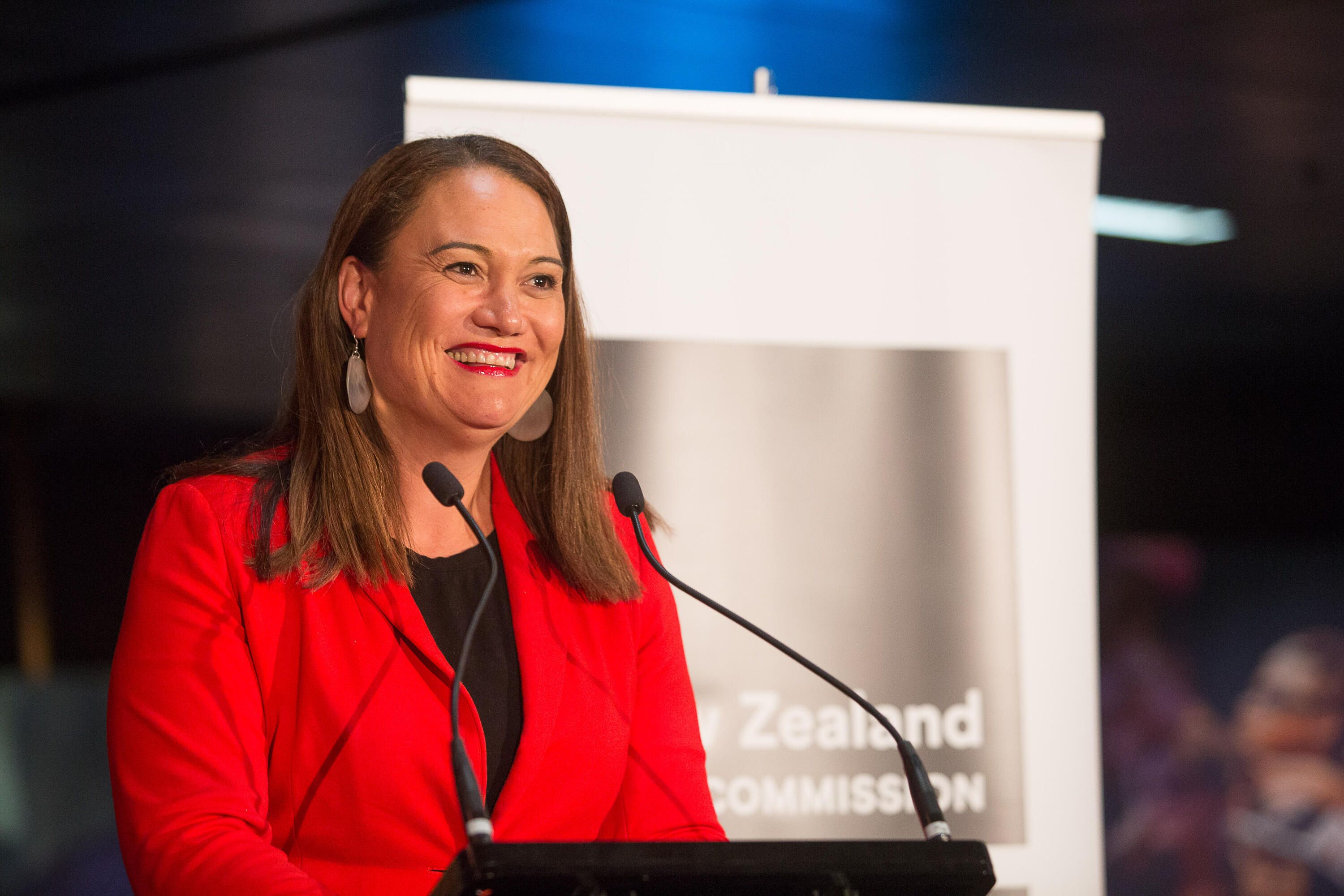
Minister for Arts, Culture and Heritage Carmel Sepuloni. Photo: Supplied.
Milestone moment
Arts Access Aotearoa, who have partnered with Manatū Taonga Ministry for Culture and Heritage (MCH) to support this project, is hailing today’s announcement as “a milestone.”
Executive Director Richard Benge tells The Big Idea “around the country, there’s a hard-working, under-recognised sector of creative spaces. They always have accessibility and participation at the forefront of their delivery.
“Whatever the disability or barrier, people can participate in creativity and art-making. There are more than 70 creative spaces throughout Aotearoa that give practical expression to the arts for health and wellbeing.
“Accessibility in and to the arts means different things depending on whether we’re talking audiences, artists and performers, live or digital, and outreach to regions: they are all important.”

C.S. Art in Invercargill. Photo: Supplied.
This funding is expected to lift the participation rates for creative spaces in New Zealand. It’s already sitting at more than 11,000 people a year - the Government is targeting a lift by around 2,000 people annually over the next three years.
Another stated goal is to increase the reach and quality of creative spaces services and programmes, including into Māori and Pacific communities.
Sepuloni adds “the possibility of engaging even more people through this funding means we are reaching those who may not otherwise have access to such important and relevant creative spaces.”
How this funding happened
This announcement has been some time in the works.
Benge vividly remembers when the Prime Minister said in her keynote to the 2018 Nui te Kōrero Creative New Zealand conference, “One little word when it comes to the arts is so valuable and important to me – access”.
“Clearly Jacinda Ardern gets it and her government has been listening,” Benge says. ”I would like to thank Minister Sepuloni for this very significant recognition of the benefits that a sustainable creative spaces sector can provide to Aotearoa’s diverse communities.”
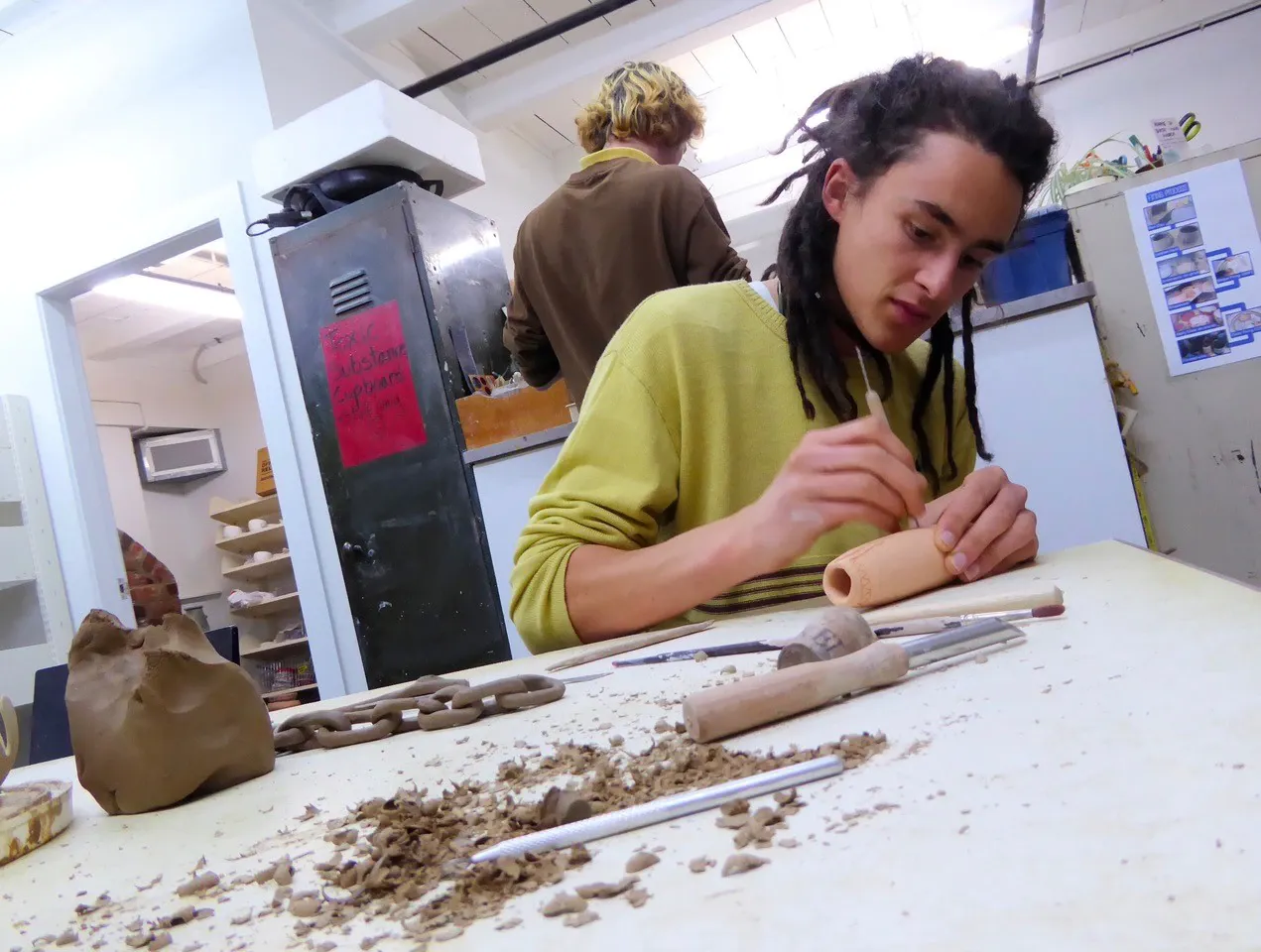
Vincents Art Workshop in Wellington. Photo: Supplied.
2019’s Understanding the Value of Creative Spaces report was commissioned by Minister Sepuloni in late 2018 and conducted by MCH, the Office for Disability Issues and the Ministry of Social Development, with assistance from Arts Access Aotearoa
In the survey, 100% of creative spaces responded that the outcomes for people participating in their creative space are social interaction, increased confidence, improved wellbeing, increased creative expression/skills, increased self-esteem and a sense of belonging.
Almost all (95-97%) also indicated that outcomes included communication skills, connection with their local community and self-development.
Impact of accessibility
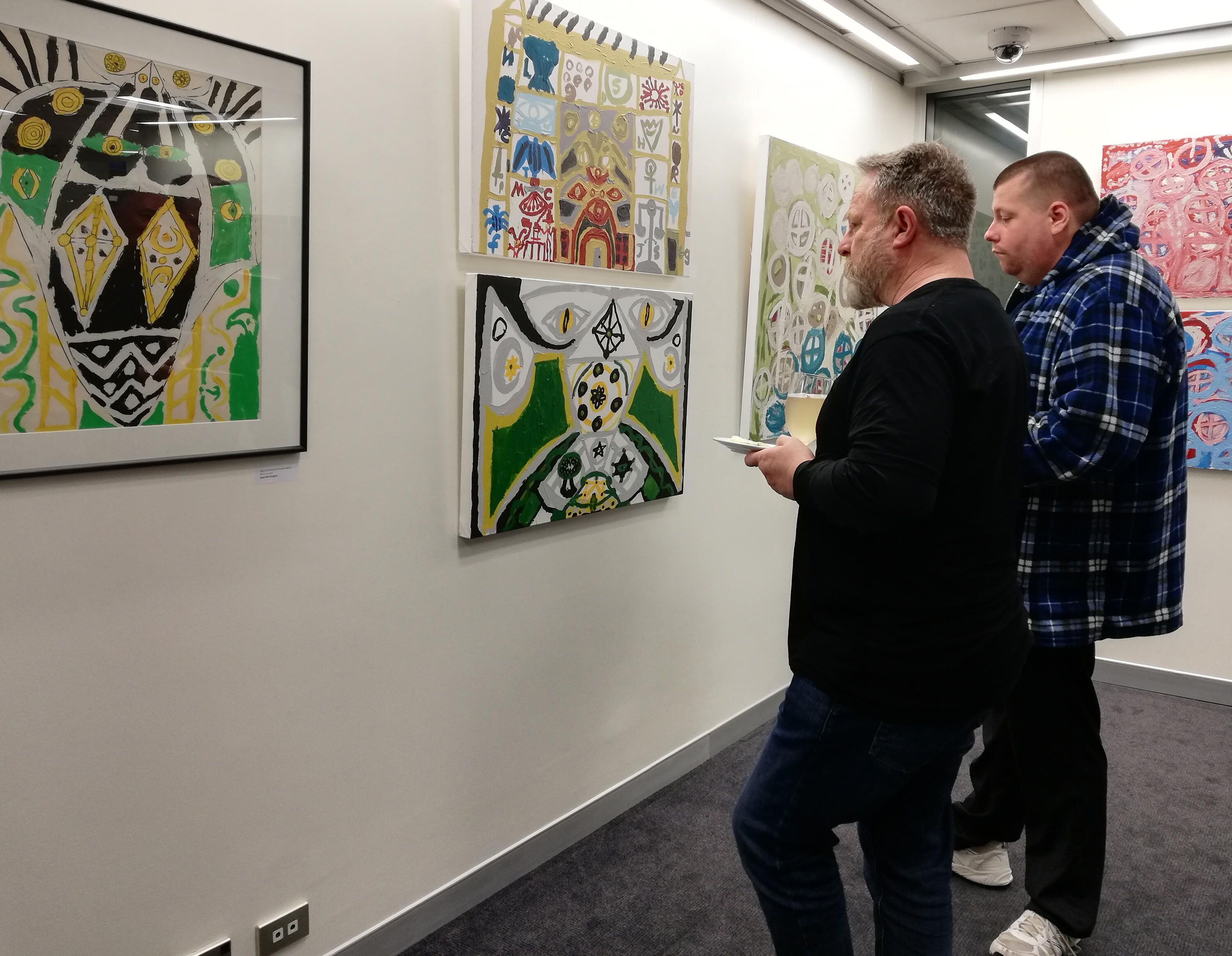
Arts Access Aotearoa's Richard Benge and an artist from The White Room Creative Space in Christchurch at the opening of its exhibition in the Bowen Gallery, Wellington in 2020. Photo: Supplied.
Up and down the Aotearoa, there are countless examples of how these hubs of belonging are making an impact on people's lives.
Benge explains “one artist whose journey I’ve followed for many years was once homeless. Attending a creative space since 2009 has given him a great sense of purpose as he honed his skills and started to exhibit and sell his work.
“This story is replicated many times over in creative spaces throughout the country.”
That Includes artists like Graham Lalor, who has personally experienced the outcomes since he first started visiting creative spaces in 2016.
“Ōtautahi Creative Spaces has been my saviour. If you have no money and ill health, what can you do to put a smile on your face? For me, it’s my children, my art and being here.
“This is my second home. Everyone is on the same page and it keeps me well in my mind.”
How to apply
Applications for this first round of the Creative Spaces initiative will close at 12 noon on Wednesday 24 March 2021.
Creative spaces can receive a maximum grant of $150,000 a year each over three years.
There will be two rounds of funding for the Creative Spaces initiative:
-
round one (open until 12 noon on Wednesday 24 March 2021)
-
round two (expected to open in early May) is aimed at creative spaces that need more time or support to apply.
Applications for further CARE funding to support the wider arts and cultural sector will open from late March 2021.
